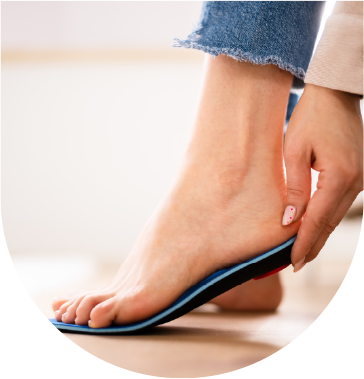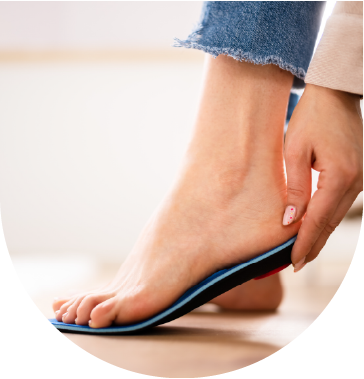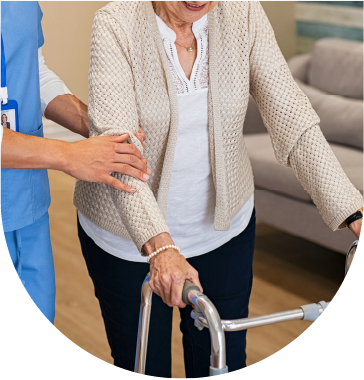Introduction to StrideAI Orthotics Module for Walking Analysis

Patient
ABOUT THE practitioner
Dr. Christopher Proulx
Director of Education at Baliston Health
Massachusetts, USA
D.C., Ph.D.(abd), C.S.C.S
Private practice and consultant as a physical medicine and rehabilitation specialist and performance coordinator for individuals and athletic teams.
Holds a Doctor of Chiropractic, PhD(abd) in Exercise Science, Master’s of Science in Exercise Science, and a Bachelor’s of Science in Sport Management and Health Fitness.
Over 25 years of experience in sport and clinical sciences.
Authored and co-authored several peer reviewed publications and has presented his work across the U.S., Central and South America, China, and Europe in many different venues.
Consultant to several manufacturers, clinicians, athletes, and coaches at all levels.
Licensed chiropractor, certified strength and conditioning specialist and former certified athletic trainer (15 years).
PATIENT PROFILE and Reason for Analysis
The subject presented with asymmetrical foot orientation during both the stance and swing phases—particularly in propulsion and foot progression angles.
This evaluation serves as a demonstration of the StrideAI module's capabilities rather than a specific clinical case.
Overview
Dynamic gait analysis offers powerful insights for tailoring orthotic recommendations. This introductory case study showcases how StrideAI's orthotics and recommendation module detects subtle asymmetries and quantifies the effects of orthotic interventions through step-by-step gait evaluation.
Testing and evaluation procedures and findings
Walking analysis took place on a treadmill to control for the speed variable at 2.8mph, wearing a cross trainer type shoe, same duration for all scenarios to include shoe only, recommended orthotics in shoes, and recommended orthotics with postings, in shoes.
Consistently across all testing, spatiotemporal parameters were similar, especially the basics:



Baseline Shoe Only: In the gaitline and Propulsion Rate, also fairly normal and typical of a slower end of the walking speed spectrum for stature (discussed more below).
The trajectory of the foot in stance phase begins to show some abnormal patterning with standard deviation outside of the normal trajectory. In addition, the right foot is not following a normal trajectory, despite mostly falling within the normal range; the foot is in fact going in the opposite direction on heel off to toe off.

The foot progression angle, circumduction, sagittal plane angulation on heel strike and propulsion as well as clearance.
Shoe with Orthotics: The orthotics recommendation from the shoe only was based on several factors from the analysis, revealed the use of the Walk Performance only, no wedges.



The foot stance trajectory shift considerably to the lateral for both feet with the left having excessive inversion/supination in later foot flat, however returns to normal in toe off. The right foot continues that opposite trajectory on toe off into inversion/supination. In Foot progression, the left foot increases slightly outward while the left is slightly inward, however minimally.

Shoe with Orthotics and postings: The orthotics recommendation from the shoe with orthotics was based on several factors from the analysis, revealed the following wedges:


Gait Line and Propulsion Rate remained similar to pretesting. There was more correcting with the stance trajectory of both feet especially with regards to toe off on the left foot.

Foot progression remains slightly more outward on the left, but otherwise unremarkable, as with clearance and sagittal angles.
Interpretation of findings
The purpose of this exercise was to introduce the dynamic evaluation of walking for the recommendation of StrideAI orthotics. Normally, adding the Baliston Health insole on top of another insole, the outcomes of the trajectory during stance phase (Pronation/Supination) will likely be shifted laterally, as in this case. Therefore these trajectory lines are somewhat closer to midline and not as supinated as appearing.
The findings do support the recommendation and correction of the orthotic, in addition to evaluating the sensitivity of the system to detect even small orientation of postings to correct otherwise considered abnormal.


